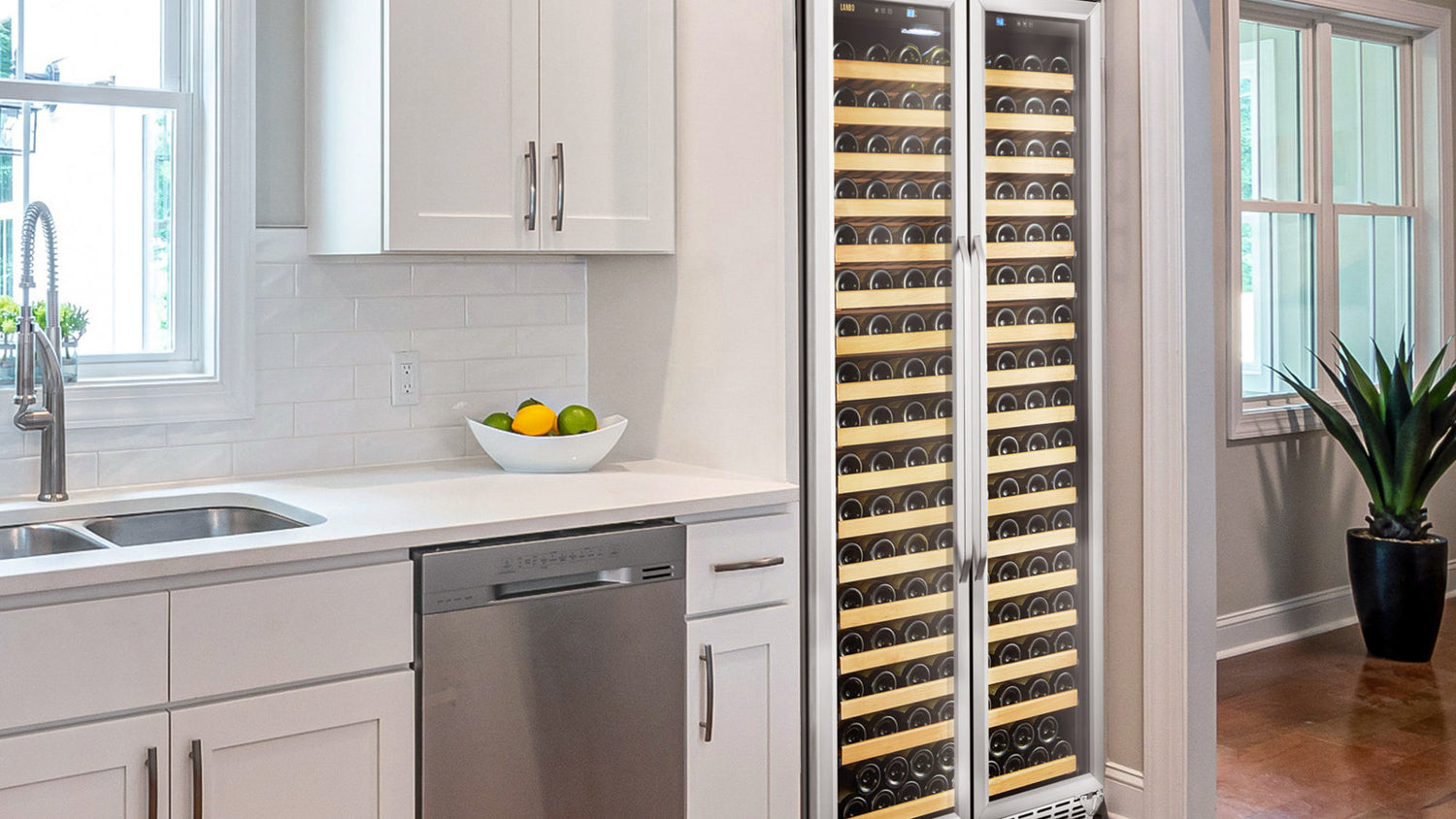Uncorking the Truth: How to Tell if Your Wine is Spoiled
Few things are as disappointing as looking forward to a relaxing evening with a glass of wine, only to discover that the bottle you opened has gone bad. The good news is that recognising spoiled wine doesn't require a sommelier's expertise. In this blog post, we'll guide you through the key indicators that can help you identify whether your wine has gone off. From musty aromas to off-flavours, we'll equip you with the knowledge you need to save yourself from a disappointing sip.
- Inspect the Cork:
The first step in assessing wine for spoilage is to examine the cork. A dry or cracked cork can indicate a compromised seal, allowing air to enter the bottle and spoil the contents. Meld on the cork is also a red flag, suggesting the presence of unwanted microbial activity.
- Colour Matters:
The colour of wine can offer valuable insights into its condition. White wines tend to darken with age, but if you notice browning or an excessively yellow hue, it may be an indication of oxidation and spoilage. Similarly, red wines may turn a brick-red or brownish colour when they're past their prime.
- Sniff for Tell-tale Odours:
Aroma is a crucial factor in determining wine quality. When assessing a wine for spoilage, give it a gentle swirl and take a careful sniff. If you detect a vinegar-like smell, reminiscent of nail polish remover or wet cardboard, it's likely that the wine has become oxidized or "corked." This is caused by a chemical compound called trichloroanisole (TCA), which can contaminate corks and spoil the wine.
- Detecting Off-Flavours:
Spoiled wine often exhibits unpleasant and off-putting flavours. If your wine tastes excessively sour, vinegary, or like rotten fruit, it's a sign that it has gone bad. In some cases, the wine may have turned into vinegar due to prolonged exposure to oxygen. A flat or fizzy texture in a still wine can also indicate spoilage caused by excessive carbon dioxide production.
- Consideration of Storage Conditions:
Improper storage can accelerate the spoilage of wine. Factors such as exposure to heat, light, or fluctuating temperatures can compromise its quality. If you have been storing your wine in unfavourable conditions, it increases the likelihood of spoilage. Proper wine storage involves maintaining a cool, dark, and humidity-controlled environment.
- Trust Your Palate:
Ultimately, the most reliable indicator of a spoiled wine is your palate. If the wine doesn't taste as you expected, even if it doesn't display any obvious signs of spoilage, trust your instincts. Your taste buds can often pick up on subtle changes in flavour and texture.
Recognising spoiled wine doesn't require an advanced degree in oenology. By paying attention to visual cues, aromas, flavours, and considering storage conditions, you can become adept at identifying whether a bottle of wine has gone bad. Trusting your senses and knowing what to look for will save you from disappointment and allow you to enjoy the pleasures of a well-preserved bottle. Remember, if in doubt, it's always better to err on the side of caution and open a fresh bottle to fully appreciate the experience wine has to offer. Cheers to savouring the best that the vine has to offer!


